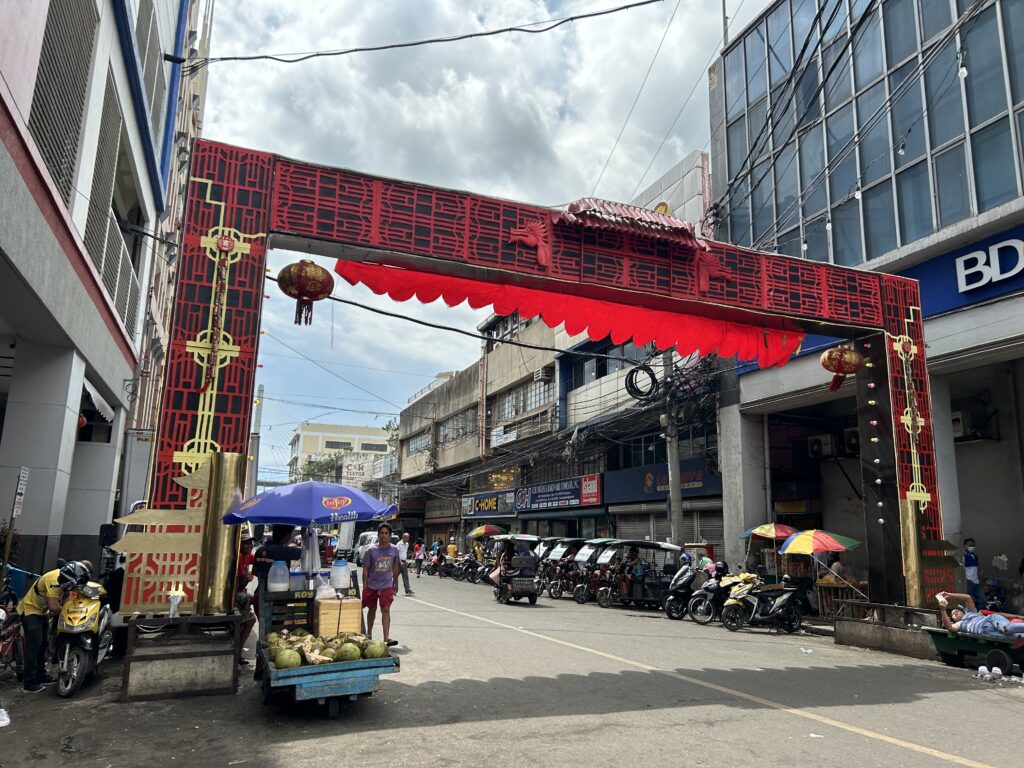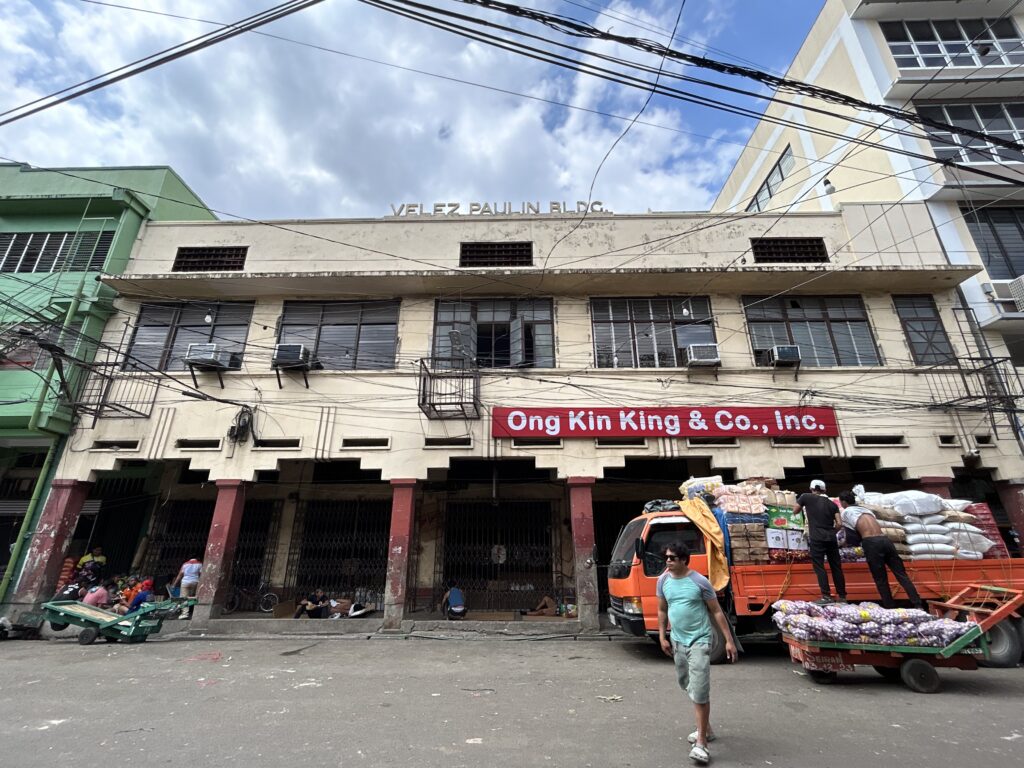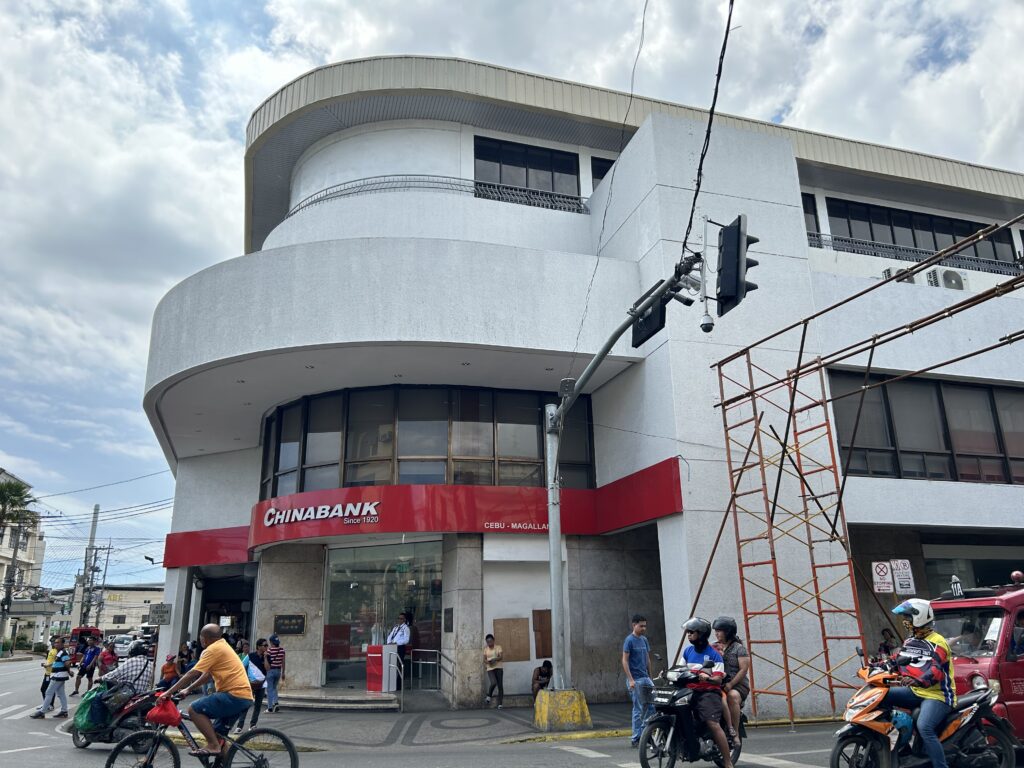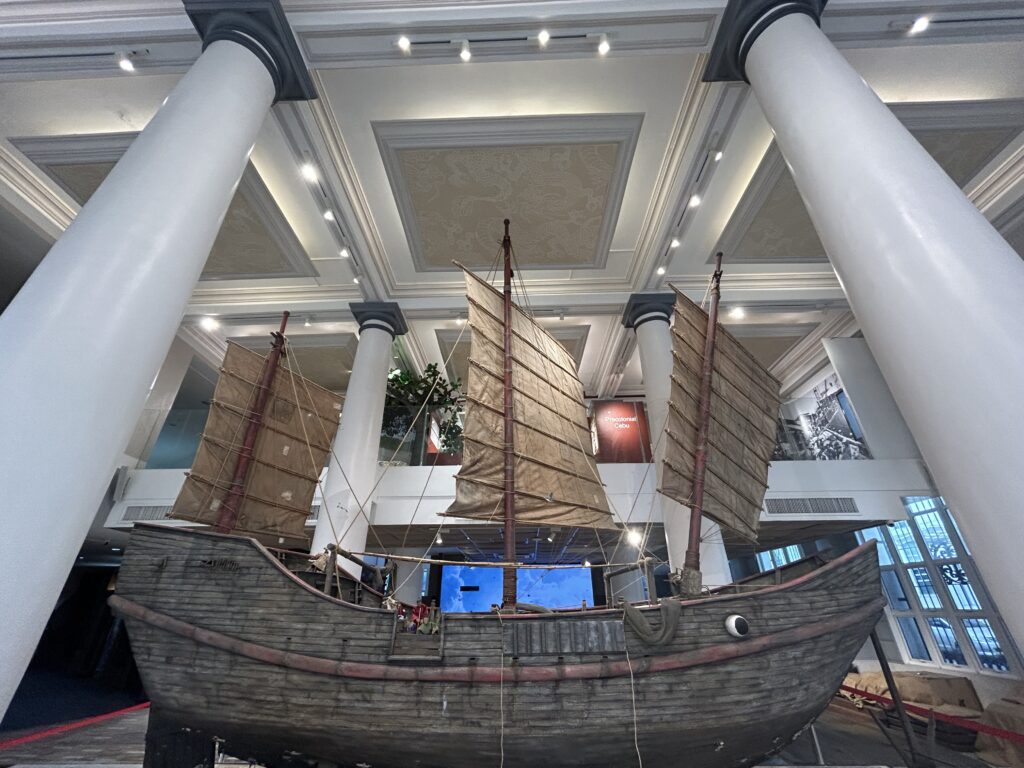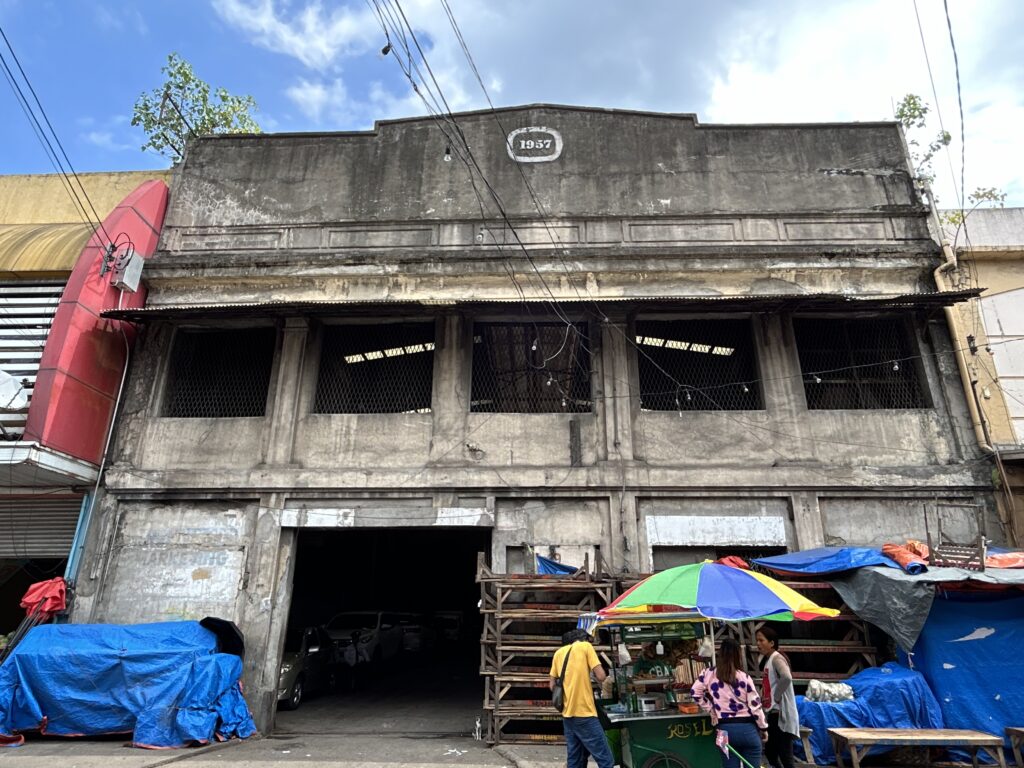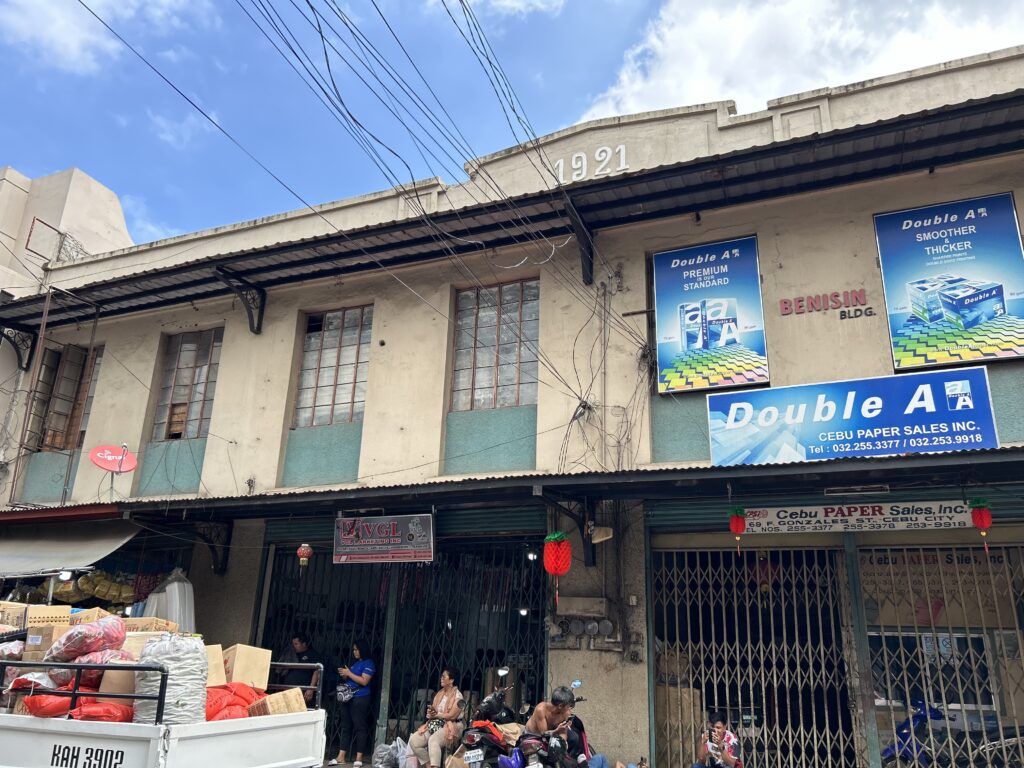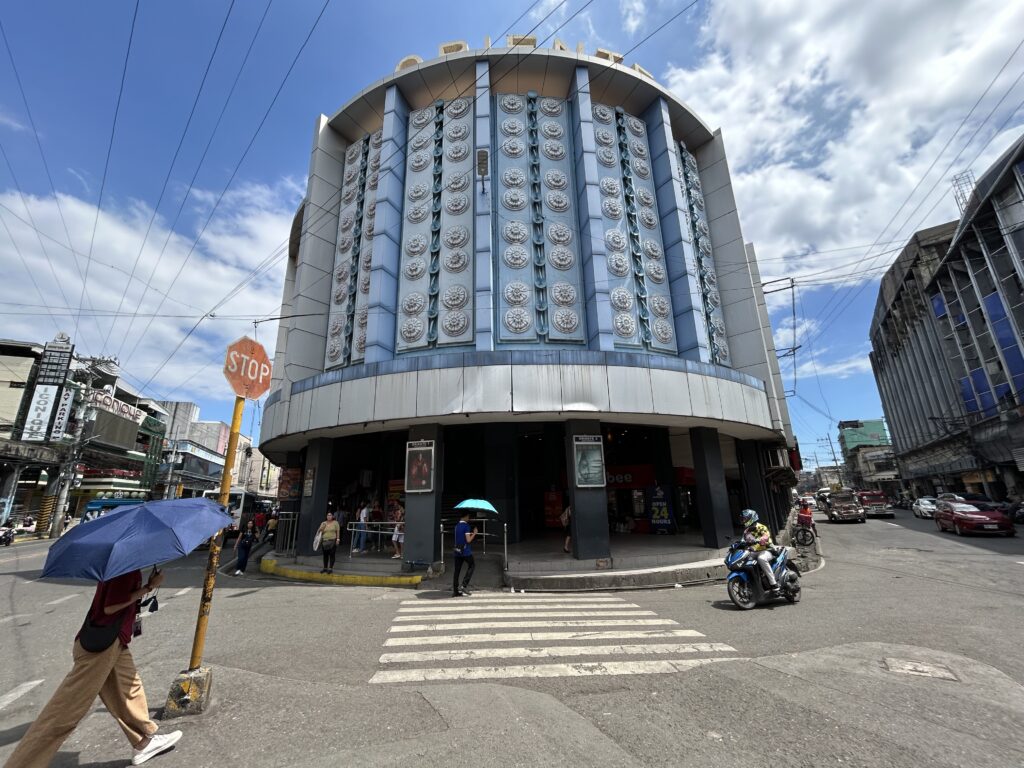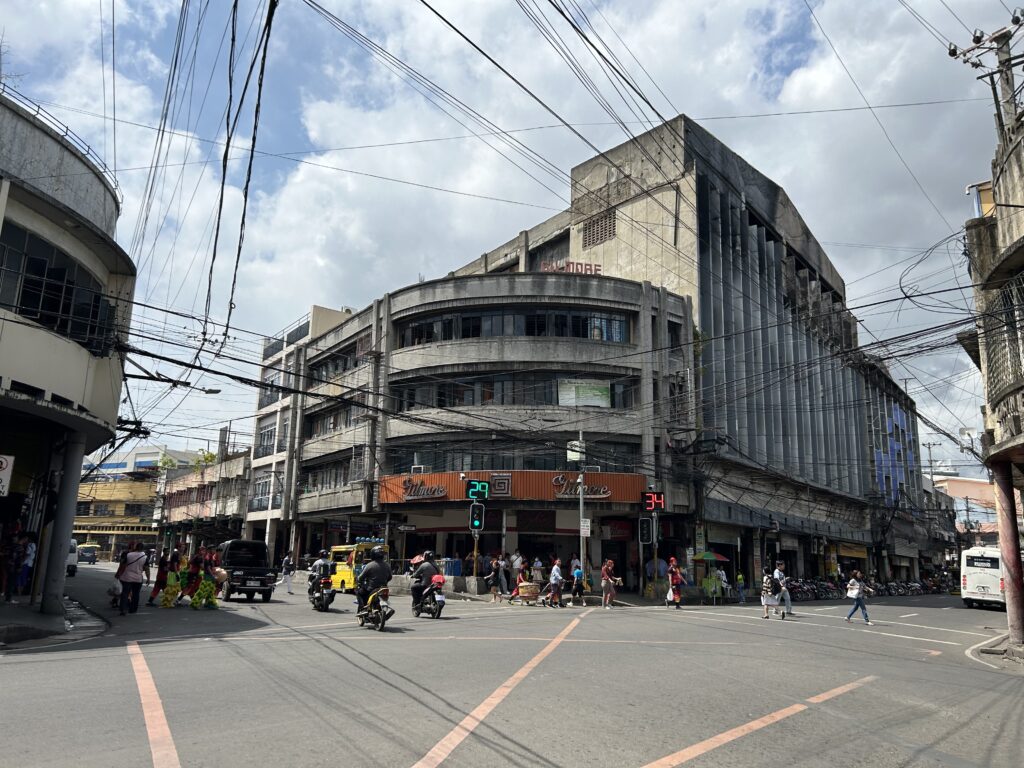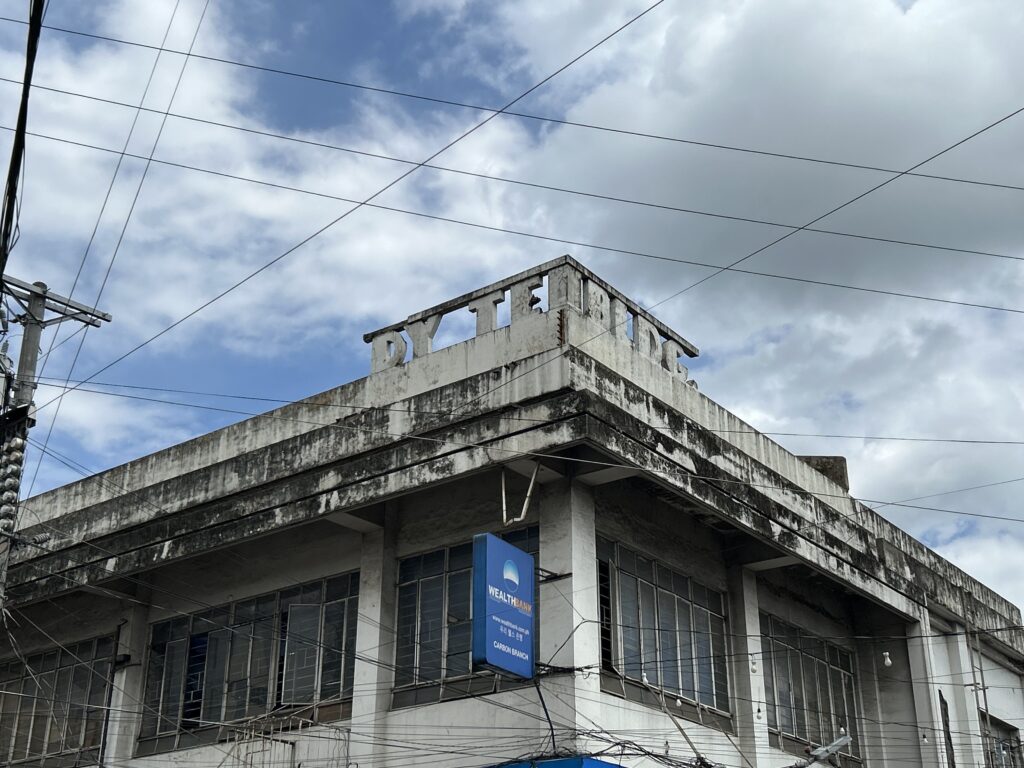Photos by Christian Dave Cuizon
CEBU CITY, Philippines — Every day, hundreds — if not thousands — of people join the hustle and bustle of downtown Cebu City.
Towering over the throngs of marketgoers, shoppers, vendors, and queues of vehicles are structures dating way back to the early 1900s.
Some may have fallen into disrepair while others have become homes for several important institutions like banks.
These buildings play an important role in Cebu’s colorful history. In particular, they served as proof of how Cebu’s Chinese community thrived for years.
And experts continue to push for their preservation and restoration in keeping Cebu City’s rich heritage and history even richer.
In this special feature, CDN Digital will showcase the streets of Cebu City’s downtown area from a different and new perspective.
Tracing the waves of Chinese sojourners, settlers in Cebu
Impressive heritage structures in downtown Cebu City, such as the century-old, neo-classical Gotiaoco Building, which now houses the Sugbo-Chinese Heritage Museum, can be traced to the second wave of Chinese sojourners and settlers who arrived in Cebu during the mid-1800s.
When the Spanish government reopened trade in Cebu in 1860, due to the stoppage of the Galleon Trade, Chinese traders saw the opportunity to sell goods, mostly food, to crews of the ships docking at the former port of Cebu City.
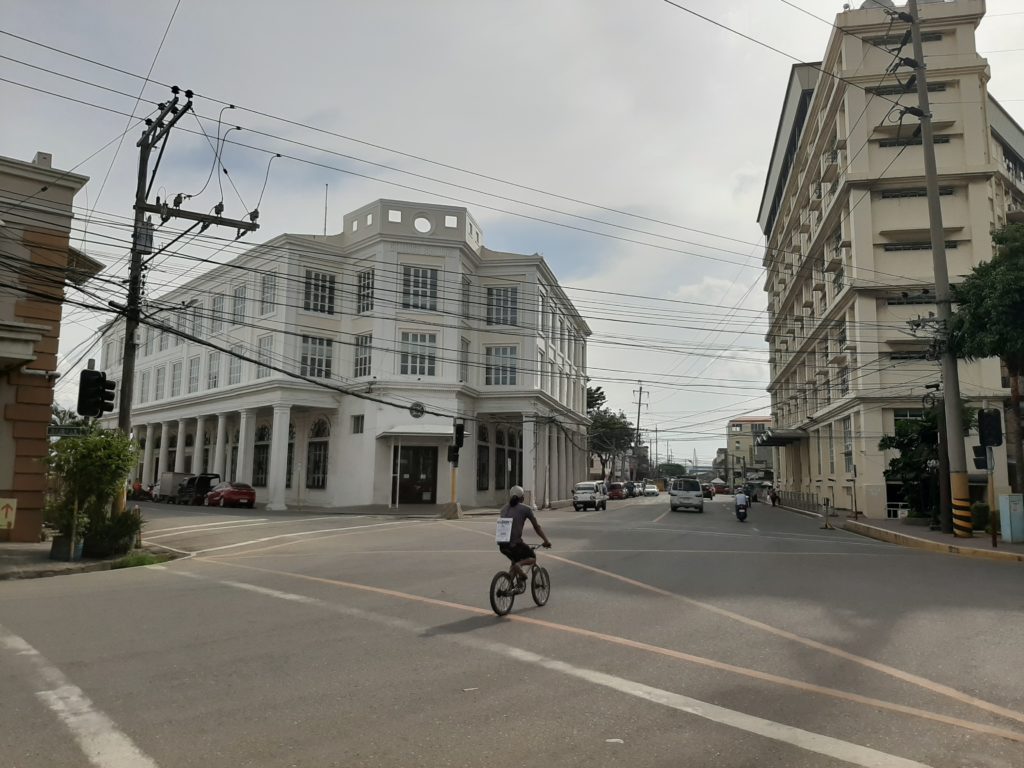
Gotiaoco Building (left). | CDN Digital 2020 File Photo
However, the mestizos residing in the Parian district at that time banned the Chinese from forming settlements there. In turn, they went near the port, to the lutaws, which is now part of present-day Carbon Public Market.
It was called lutaws to describe the houses built on stilts occupying the area, said Dr. Jose Eleazer Bersales, commissioner at the City’s Cultural and Historical Affairs Office (CHAO).
“Eventually, it was reclaimed by the Chinese and then became the Chinese enclaves,” Bersales, who also teaches at the Department of Anthropology, Sociology and History at the University of San Carlos, said.
Soon, the streets of F. Gonzales, Magallanes, Manalili, Plaridel, and Progreso and even the Carbon Public Market would be filled with Chinese merchants, sojourners, and residents.
Plaridel Street
In celebration of the Lunar New Year of 2024, the Cebu City government constructed a traditional Chinese gate at the intersection of Plaridel and Magallanes Streets.
READ MORE: Red Lantern Festival: Cebu City to hold event on Feb. 10
It was on Plaridel Street where people can still see Chinese shophouses, similar to those in George Town in Penang Island, Malaysia, and where several present-day notable Cebuano establishments first flourished such as the Ong Kin King and Company.
Up to this day, the Ong family is still doing business along Plaridel Street, where they first set up shop as candle and soap makers.
Plaridel Street is also the address of other Cebuano Chinese heritage properties such as the Dy Te Building, the first structure built by one of Cebu’s most notable candlemakers, Dy Te.
Aside from candlemakers and soapmakers, it was also the place where people can buy ropes, Bersales said. After World War II, Chinese merchants selling hardware replaced most of them.
Magallanes
The street of Magallanes was not only historic but was also teeming with economic activities in the early 1900s. Magallanes Street, named after Ferdinand Magellan, was the home to more than 30 Chinese commercial establishments in the 1940s.
Some of the notable Chinese entrepreneurs who opened businesses here were Go Bon Lee (Go Bon Lee Bazaar) and Yap Anton, whose Yap Anton Warehouse still stands majestically along S. Osmeña Boulevard in the vicinity of Pier 1.
It is also in Magallanes Street where the Gotiaco Building is located, which has been renovated and transformed to become the Sugbo-Chinese Heritage Museum.
The Gotiaco Building is considered by architects as ‘the last best example of neo-classical architecture present in Cebu’.
READ MORE: Gotiaoco building declared a landmark
F. Gonzales
Decades ago, Chinese traders flocked to Florencio Gonzales Street to deliver and sell vegetables, oil, and spices.
Now, the street is still the go-to place for buyers in search of fresh goods. There, they may also pass by a couple of Cebuano Chinese warehouses and buildings that survived the war and natural disasters like earthquakes.
Manalili
Modern-day Manalili Street is known for its rows of shops selling clothes and uniforms, made possible by earlier Chinese merchants who sold textiles there years ago.
Push for World Heritage Site
Officials and historians remained optimistic that the ‘core of downtown Cebu City’ would be able to acquire the coveted World Heritage Site title from the United Nations Educational, Scientific and Cultural Organization (Unesco).
Bersales pointed to the presence of surviving properties with Streamline Moderne designs, which is a type of Art Deco architecture.
Streamlined buildings are distinguishable for their curved forms, and was a popular design beginning in the 1950s. A lot of them can still be found in the downtown area of the city.
“Mao ni nindut sa (This is what is beautiful in) architecture that can be turned into a Unesco World Heritage Site – if they can preserve it,” Bersales added.
Chinatown in Cebu City
In the meantime, researchers, including Bersales, conducted a locational study of Chinese firms in the downtown district.
The project’s aim was to accurately pinpoint the real Chinatown in downtown Cebu City.
Their findings revealed that Chinese-owned establishments dominated the Carbon sides of Manalili, Plaridel, Progreso, M.C Briones, and F. Gonzales Streets.
These areas thus, can be declared as Cebu City’s Chinatown.
RELATED STORIES
Problematizing Cebu’s Chinatown

